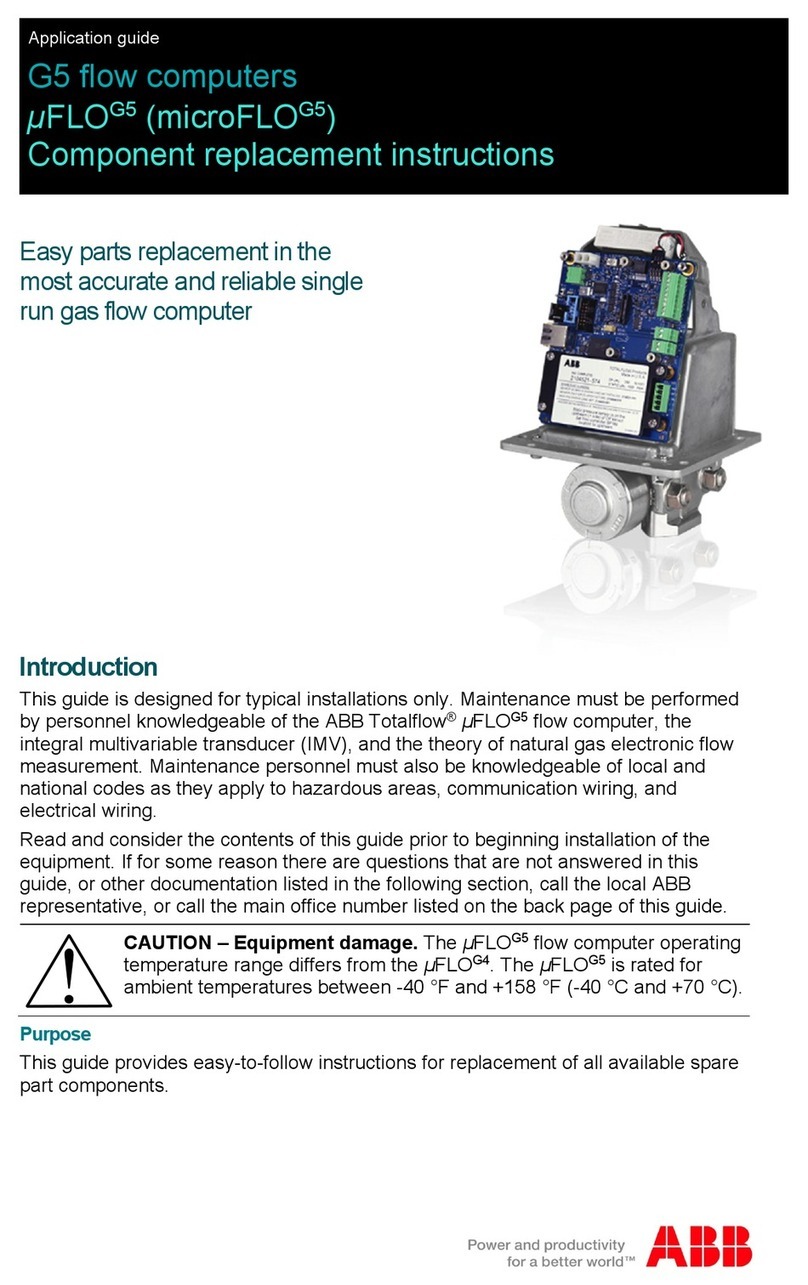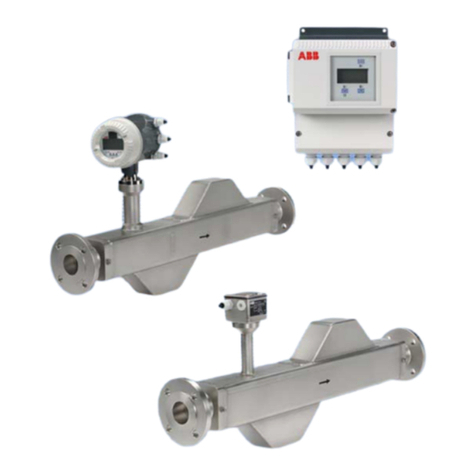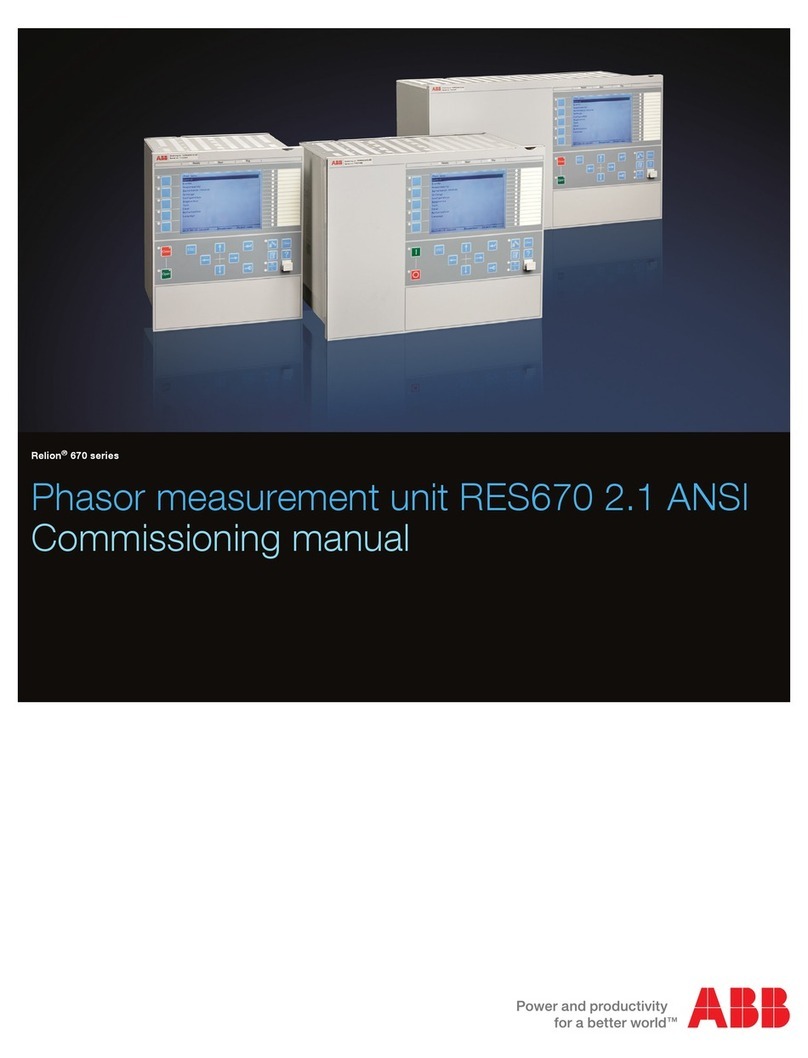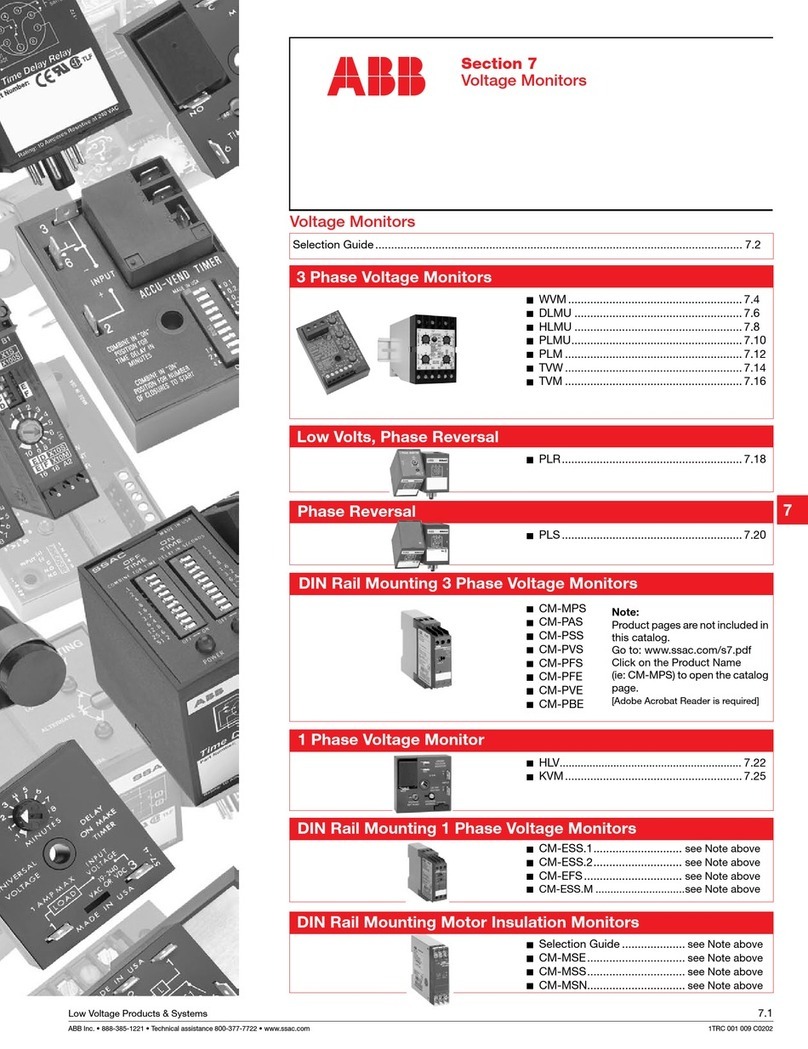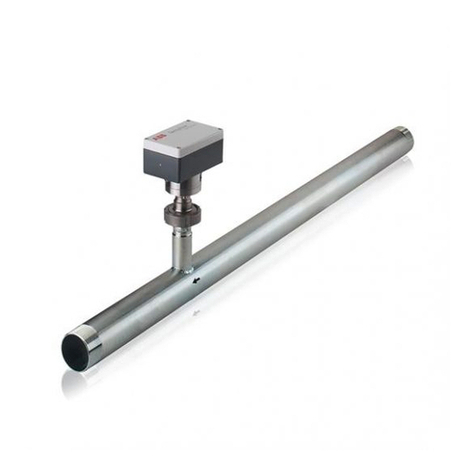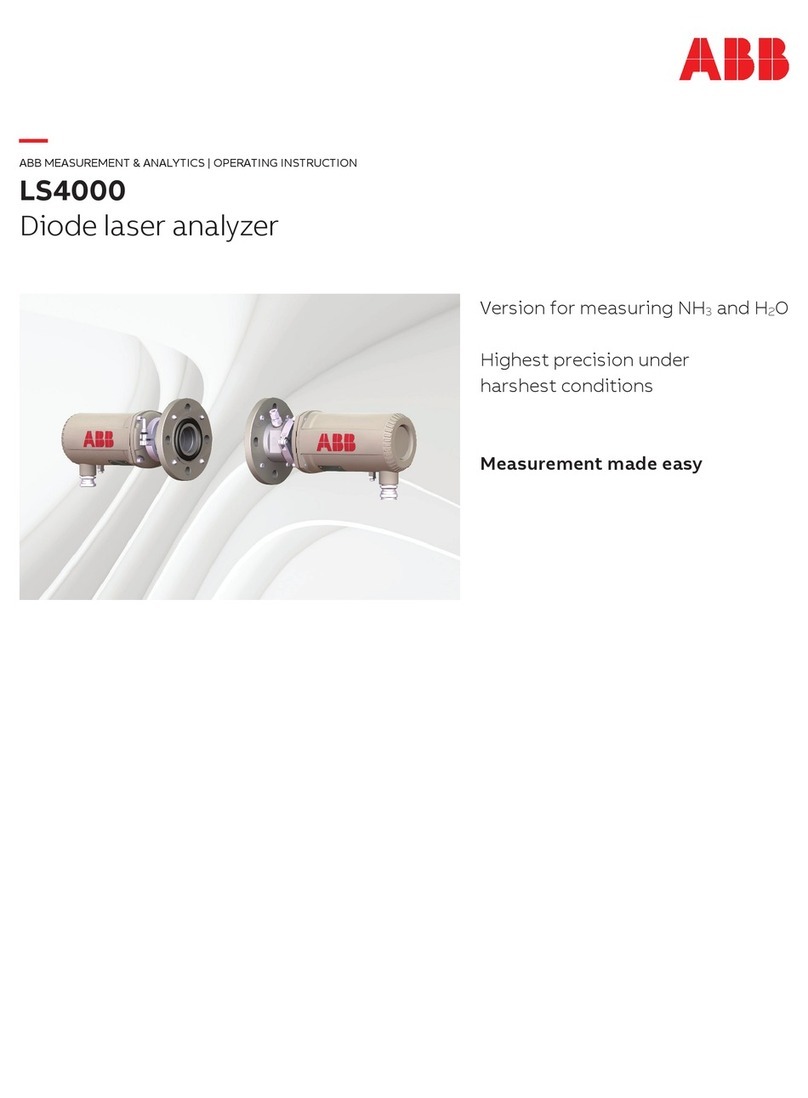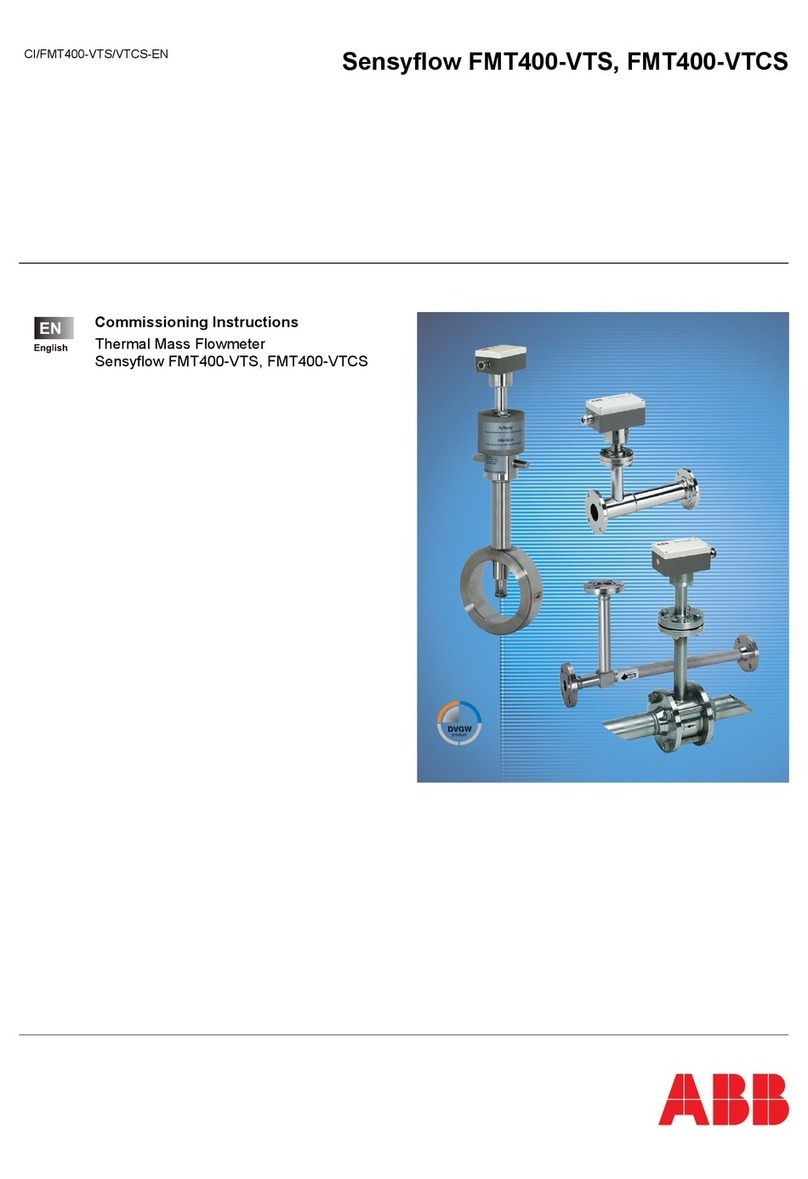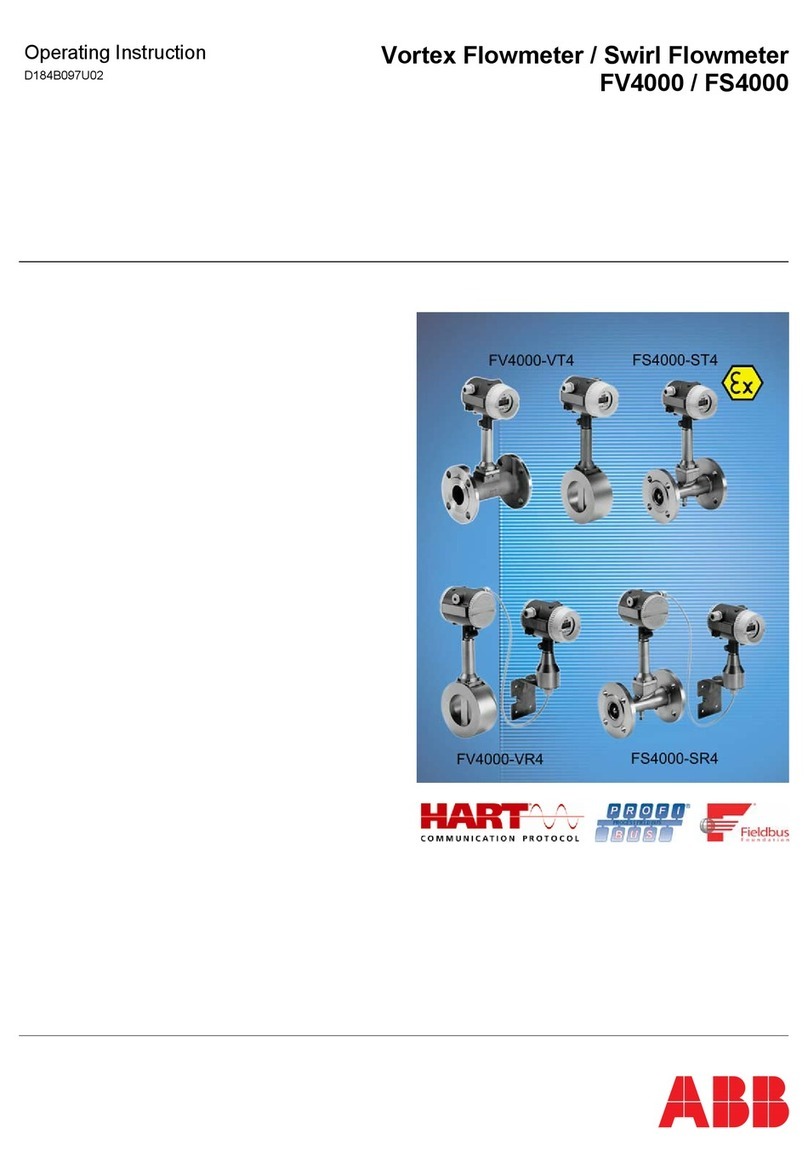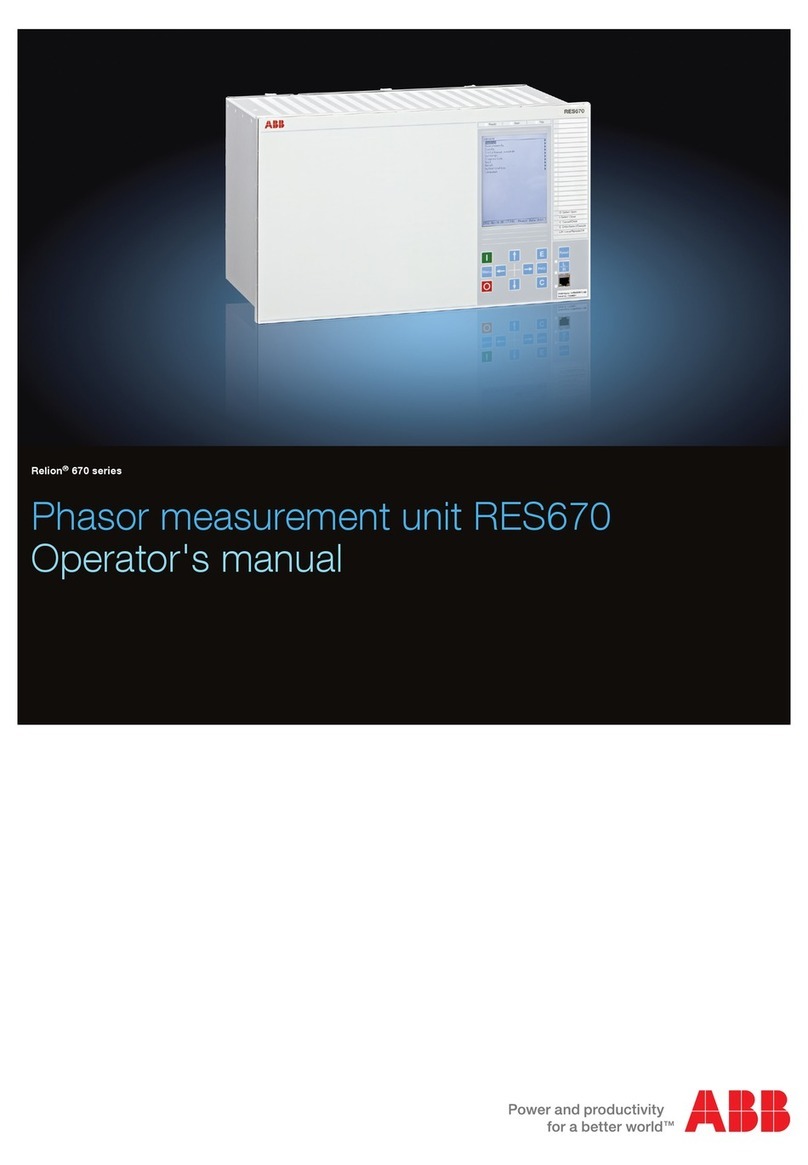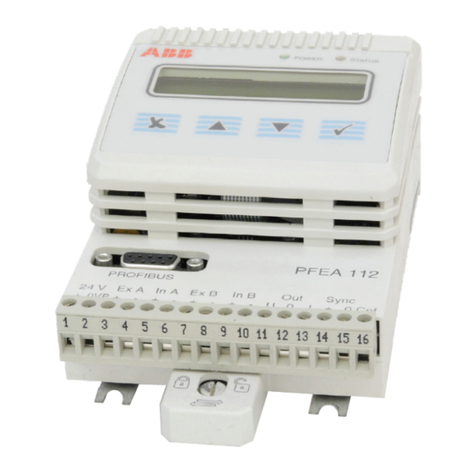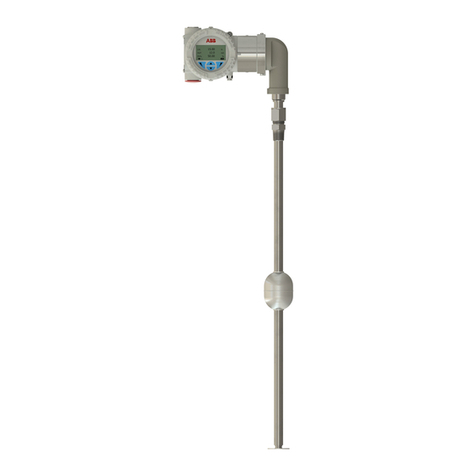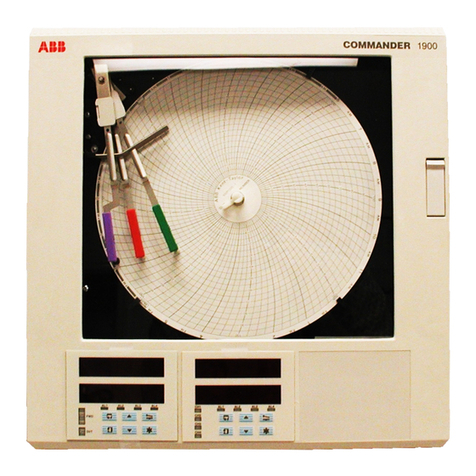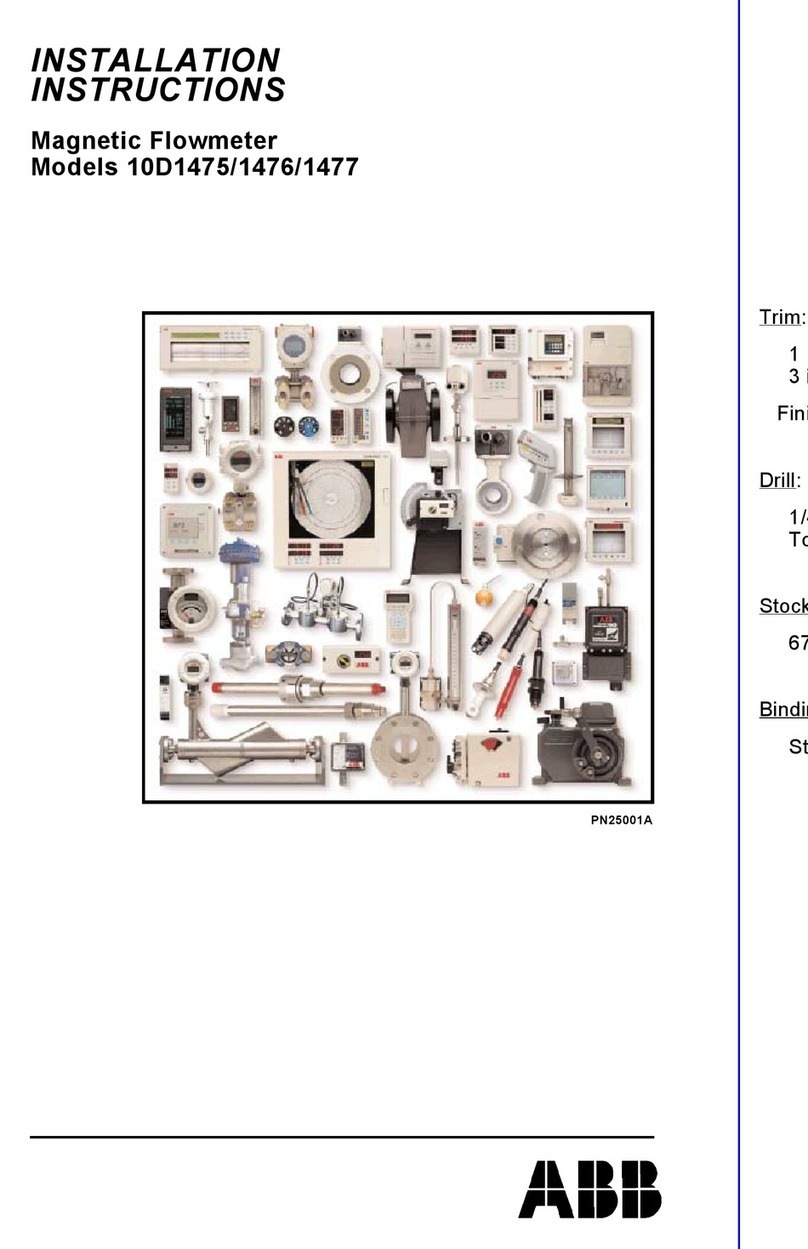
4 SENSYMASTER FMT230, FMT250 THERMAL MASS FLOWMETER | CI/FMT230/250-EN REV. A
1Safety
1.1 General information and instructions
These instructions are an important part of the product and
must be retained for future reference.
Installation, commissioning, and maintenance of the product
may only be performed by trained specialist personnel who have
been authorized by the plant operator accordingly. The
specialist personnel must have read and understood the manual
and must comply with its instructions.
For additional information or if specific problems occur that are
not discussed in these instructions, contact the manufacturer.
The content of these instructions is neither part of nor an
amendment to any previous or existing agreement, promise or
legal relationship.
Modifications and repairs to the product may only be
performed if expressly permitted by these instructions.
Information and symbols on the product must be observed.
These may not be removed and must be fully legible at all times.
The operating company must strictly observe the applicable
national regulations relating to the installation, function
testing, repair and maintenance of electrical products.
1.2 Warnings
The warnings in these instructions are structured as follows:
DANGER
The signal word "DANGER" indicates an imminent danger.
Failure to observe this information will result in death or
severe injury.
WARNING
The signal word "WARNING" indicates an imminent danger.
Failure to observe this information may result in death or
severe injury.
CAUTION
The signal word "CAUTION" indicates an imminent danger.
Failure to observe this information may result in minor or
moderate injury.
NOTICE
The signal word "NOTICE" indicates useful or important
information about the product.
The signal word "NOTICE" is not a signal word indicating a
danger to personnel. The signal word "NOTICE" can also refer
to material damage.
1.3 Intended use
This device can be used in the following applications:
— As a plug-in sensor flanged into the pipe component in
pipelines with nominal diameters DN 25 ... DN 200 (1 ... 8 in.).
— Through a welding adapter directly in pipelines of nominal
diameter DN 100 (4 in.) and above, as well as for non-
circular cross-sections.
This device is intended for the following uses:
— for direct mass flow measurement of gases and gas
mixtures in closed pipelines.
— for indirect measurement of standard volume flows
(through standard density and mass current).
— For measuring the temperature of the measuring medium.
The device has been designed for use exclusively within the
technical limit values indicated on the identification plate and in
the data sheets.
When using media for measurement the following points must
be observed:
— Measuring media may only be used if, based on the state of
the art or the operating experience of the user, it can be
assured that the chemical and physical properties
necessary for safe operation of the materials of flowmeter
sensor components coming into contact with these will not
be adversely affected during the operating period.
— Media containing chloride in particular can cause corrosion
damage to stainless steels which, although not visible
externally, can damage wetted parts beyond repair and lead
to the measuring medium escaping. It is the operator's
responsibility to check the suitability of these materials for
the respective application.
— Measuring media with unknown properties or abrasive
measuring media may only be used if the operator can
perform regular and suitable tests to ensure the safe
condition of the meter.
1.4 Improper use
The following are considered to be instances of improper use of
the device:
— For operating as a flexible adapter in piping, e.g. for
compensating pipe offsets, pipe vibrations, pipe
expansions, etc.
— For use as a climbing aid, e.g. for mounting purposes
— For use as a support for external loads, e.g. as a support for
piping, etc.
— Material application, e.g. by painting over the housing,
name plate or welding/soldering on parts.
— Material removal, e.g. by spot drilling the housing.

